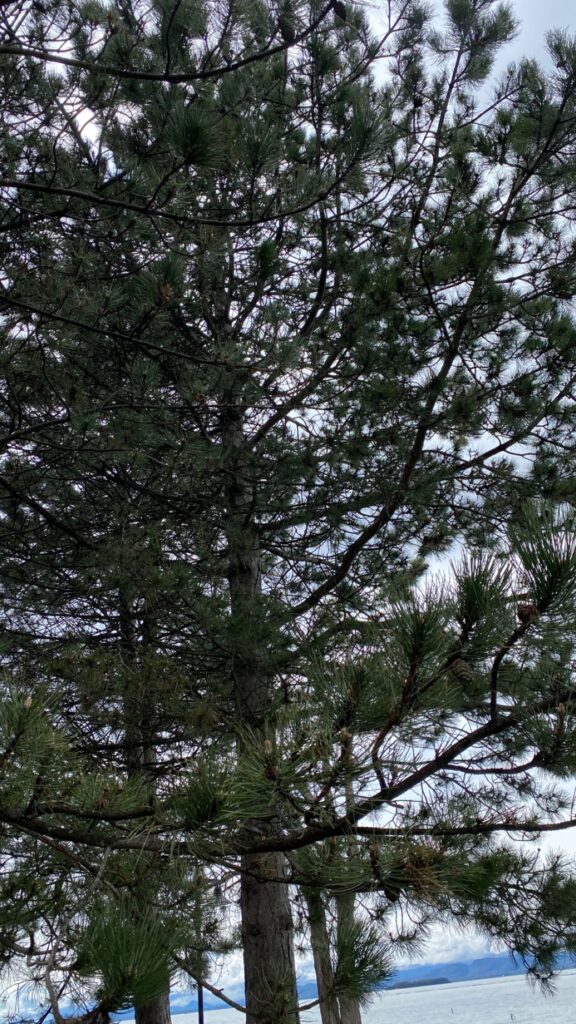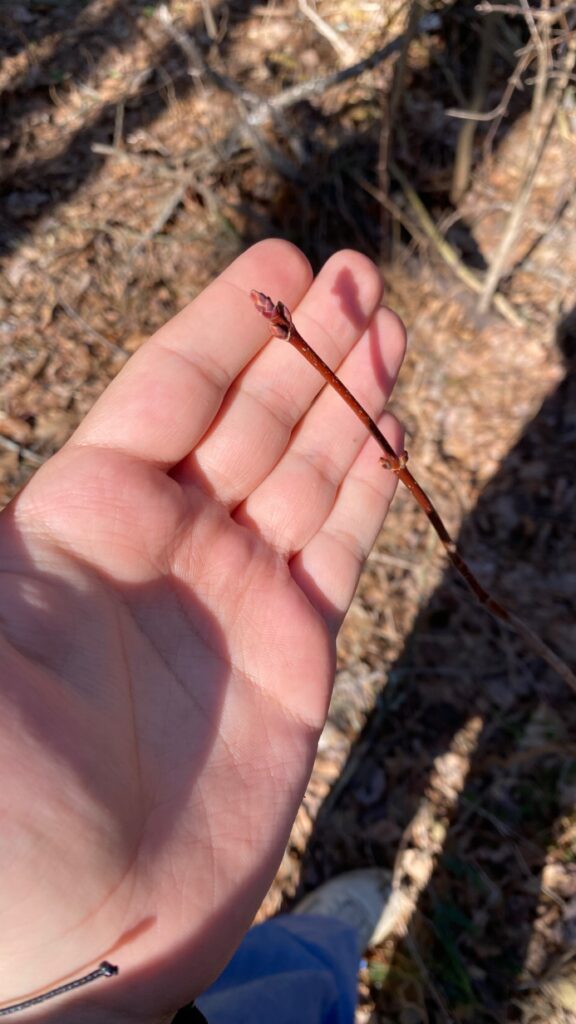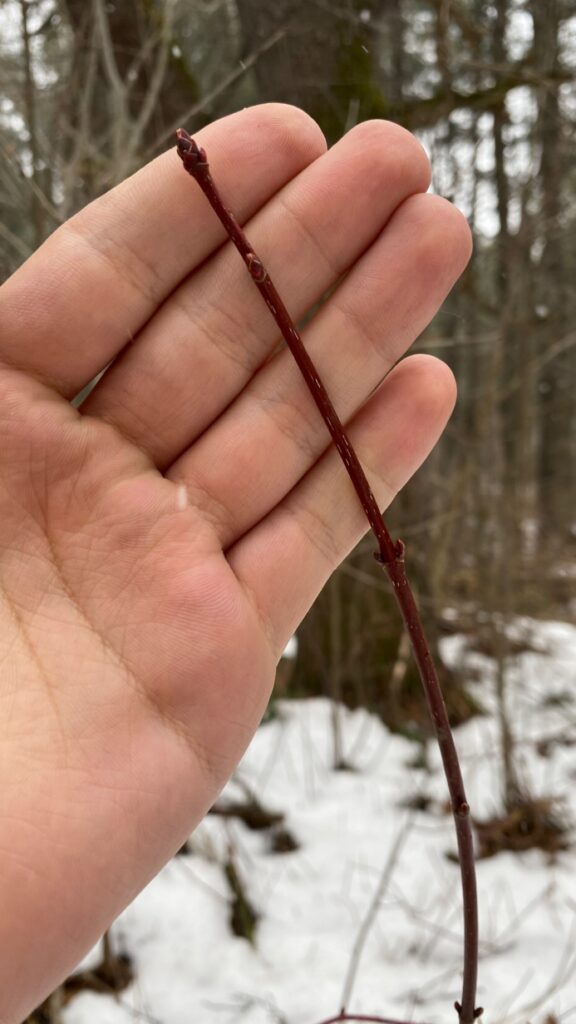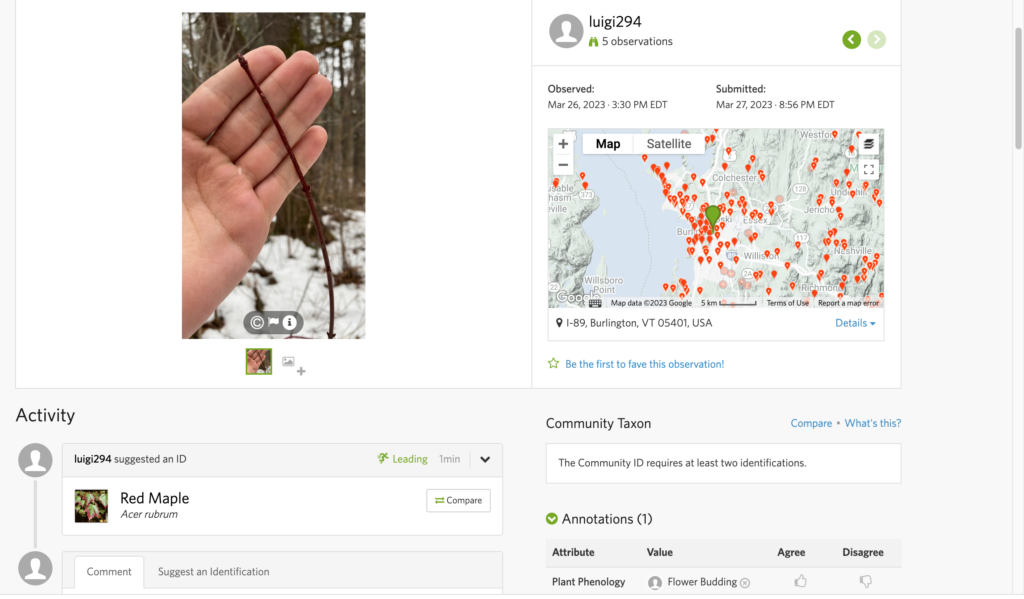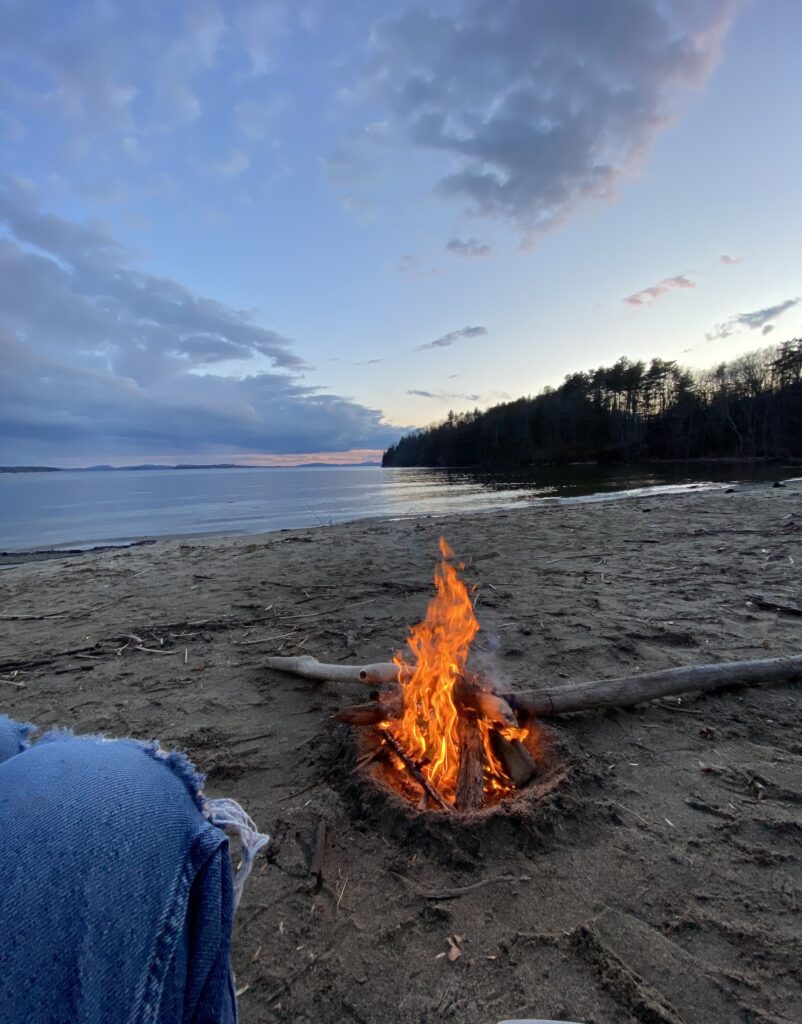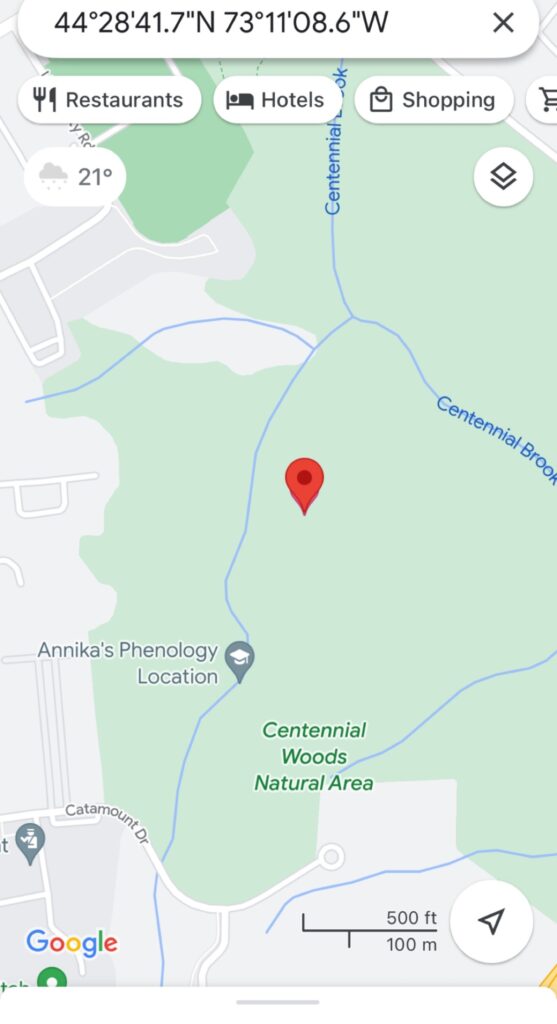Surprisingly, or not, we’re here at the last post to the phenology blog. This week we’ll be talking about my overall experience participating in the City Nature Challenge iNaturalist BioBlitz. The areas of Greater Burlington I explored were mostly downtown by the waterfront. I tried to get out to more areas, but it was always something… either work, the weather, or it just didn’t work with my schedule in general. My experience using iNaturalist was pretty good. I enjoyed how after you post your observations people can comment on them to either direct you towards the right identification or push you towards a research-grade identification. Out of the species I encountered, I only observed three; the common dandelion, some sort of pine tree, and an azalea. Overall, what I found interesting about reports coming in from other cities participating globally was the variety and diversity of species being observed. Also, I found it interesting how so many people took part in it globally. This was a great experience!


